AWAY FROM FREE SHIPPING
NICE. SHIPPING IS ON US!
AWAY FROM FREE GIFT
CHOOSE A FREE GIFT DURING CHECKOUT!
YOUR CART IS EMPTY. SHOP NOW.
As a cat parent, it's important to be prepared for any medical emergencies that may arise. Knowing some basic first aid skills can help you provide immediate care to your cat before seeking veterinary attention. Here are some basic first aid tips for cat parents.
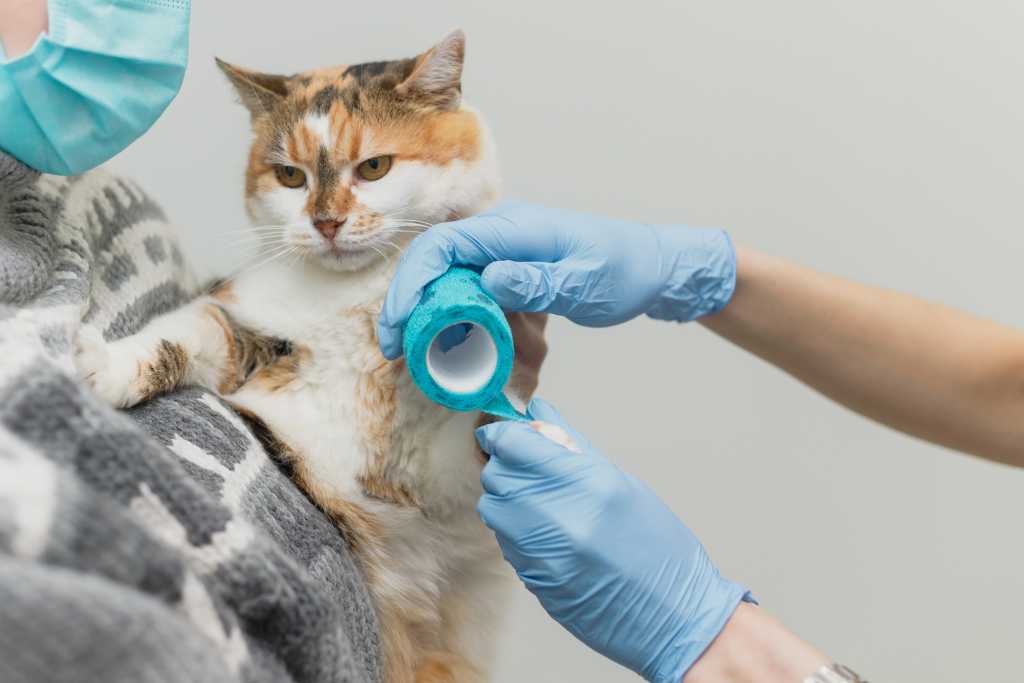
It can be extremely helpful to have a well-stocked first aid kit where everything you would need in an emergency is in one place. Having everything in one place eliminates the panic that is bound to arise when you can’t find the things you need quickly in an emergency. Here are some essential items to include in a cat first aid kit:

Knowing your cat's normal vital signs is important in order to recognize when something may be wrong. Here are the normal ranges for a healthy adult cat:
Again, it's important to note that these values can vary depending on factors such as age, breed, and activity level. It is best to take these measurements of your cat while he's healthy and relaxed and use it as a gauge.
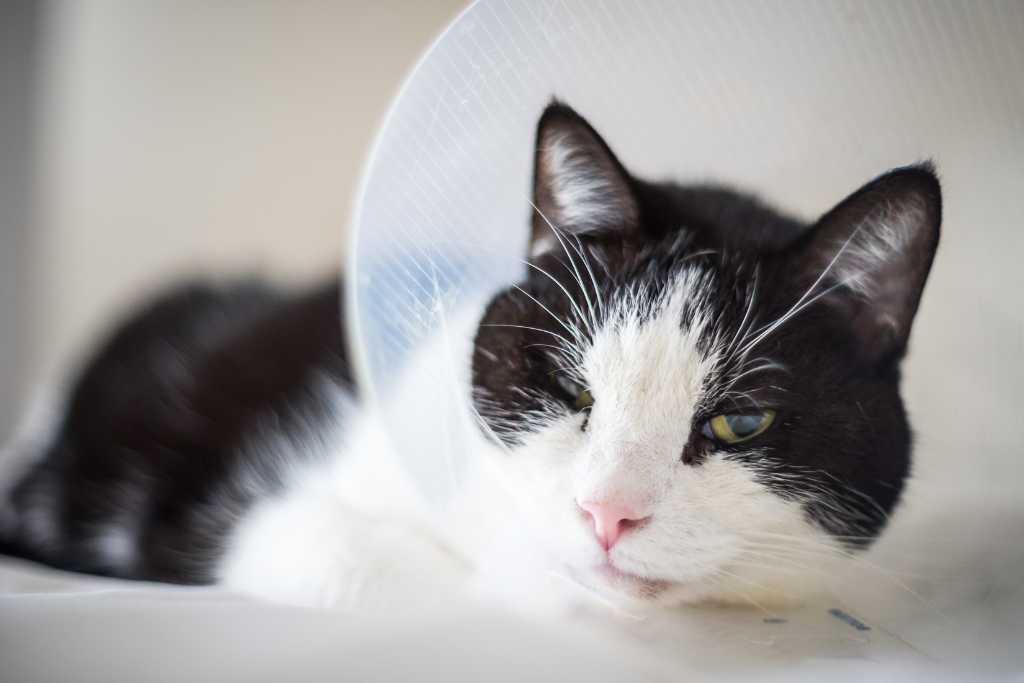
Stay calm
If your cat is injured or in distress, it's important to remain calm and composed. Your cat may become more anxious and stressed if they sense that you are panicked. Approach your cat in a gentle and reassuring manner, and try to keep them as calm as possible. Call the nearest veterinary clinic and seek veterinary attention immediately.
Bleeding
If your cat has a wound that is bleeding, apply pressure to the area with a clean cloth or gauze. Do not use a tourniquet to stop bleeding in cats unless you are trained to do so, and only as a last resort.
A tourniquet is a tight band that is applied around a limb to constrict blood flow and stop bleeding. While this may be effective in certain situations, such as severe trauma or amputation, it is generally not recommended. If done incorrectly, a tourniquet can actually worsen bleeding by causing blood to pool in the affected area. This can increase the risk of infection and other complications. Also, applying a tourniquet for an extended period of time can cause damage to the tissues and nerves in the affected area. This can result in long-term complications, such as muscle weakness, numbness, or even limb loss. Instead of using a tourniquet, it's generally recommended to apply direct pressure to the wound to stop bleeding. This can be done using a clean cloth or bandage.
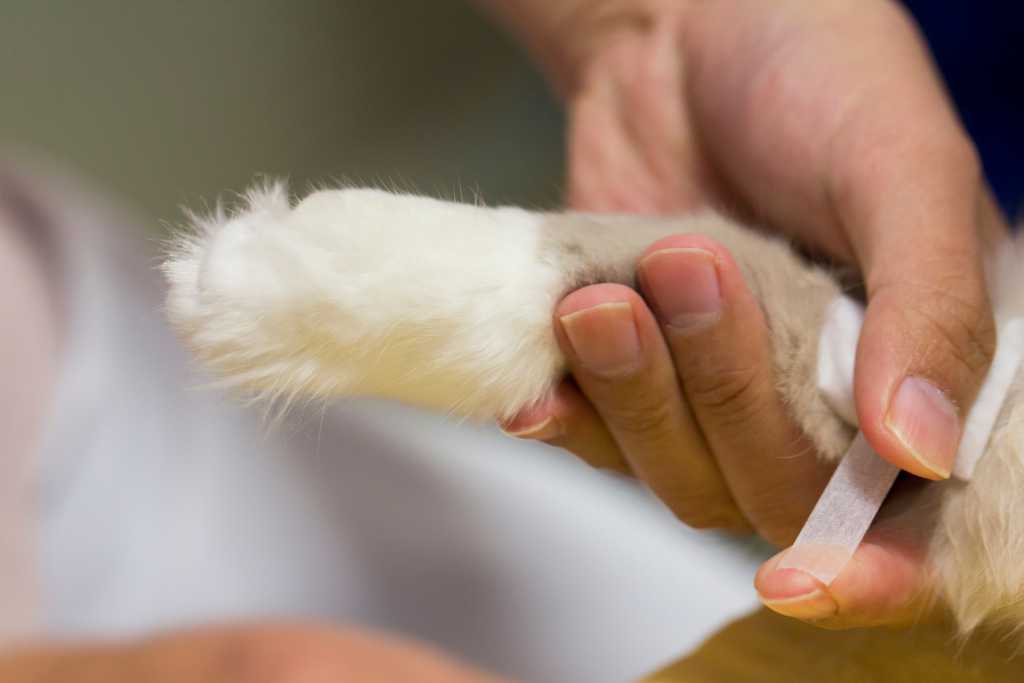
Cat poisoning
If you suspect that your cat might have consumed or come into contact with something poisonous, act quickly. Do not wait until the first signs of poisoning to rear its ugly head to contact your vet. Take your cat away from the source of poisoning and contact your vet immediately. Bring a sample of the poison with you to the vet so the veterinarian knows the best course of action to proceed with to counteract the poison. Do not force your cat to vomit unless advised by the veterinarian.
Burns or scalds
If your cat has been burned or scalded, immediately run the affected area under cool water for at least 5 minutes (up to 15 minutes) to soothe the skin. Do not apply any ointments or creams to the burn, and avoid breaking any blisters that may have formed. If the cat is licking at the wound, cover it with a non-stick dressing like a Melolin dressing and seek veterinary attention immediately. Do not apply cotton wool on a burn wound. Cotton wool fibers can stick to the wound and may be difficult to remove, which can cause further pain and discomfort to the animal.
Fractures or sprains
If you suspect that your cat has a broken bone or sprain, keep them as still as possible and immobilize the affected area with a splint or bandage. Do not attempt to set the bone yourself, as this can cause more harm than good. Seek veterinary attention as soon as possible.
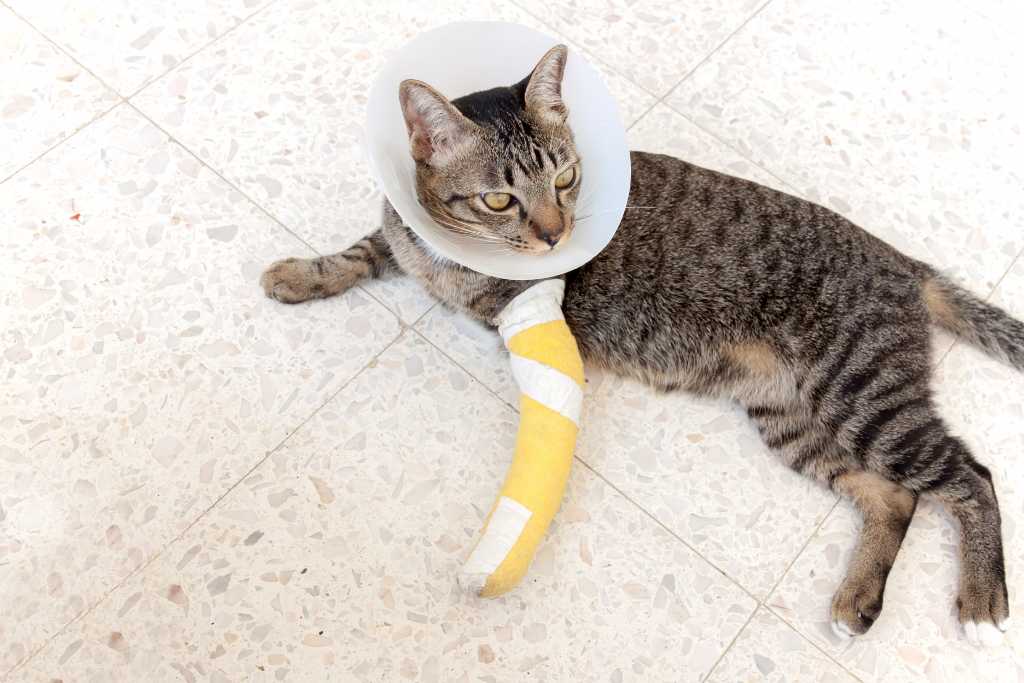
Shock
If your cat is in shock, they may be weak, lethargic, and have a rapid heartbeat. His cat’s paws may feel cold and you may notice pale gums too. Keep your cat warm and calm, and seek veterinary attention as soon as possible. Shock can be caused by a variety of factors, such as trauma, blood loss, infection, or heatstroke. Shock can be life-threatening if left untreated.
Dehydration can lead to shock in cats too. If a cat is not drinking enough water, he can become dehydrated. This can occur if the cat does not have access to water or if the water bowl is not refilled regularly. Cats suffering from chronic vomiting or diarrhoea can lose a significant amount of fluid and become dehydrated quickly. Monitor your cat’s water intake and place multiple water dispensers around the house to encourage drinking. If your cat has diarrhoea, you may want to give an anti-diarhhoea solution like this NaturVet Anti-Diarrhea Plus Kaolin Liquid Aid for Cats & Dogs to provide quick relief and seek veterinary attention immediately.
Heatstroke is another condition that can lead to shock. Though heatstroke is not as common in cats as it is in dogs, it can still occur in felines, particularly during the hot, humid days. A common sign of heatstroke in cats is excessive panting. Panting is not a normal behaviour in cats. Excessive panting, rapid breathing with bright red tongue and gums indicates that your cat is overheating. To lower your cat’s body temperature, moisten his coat with water, place him on a cooling mat and near a fan. Then, call your vet.
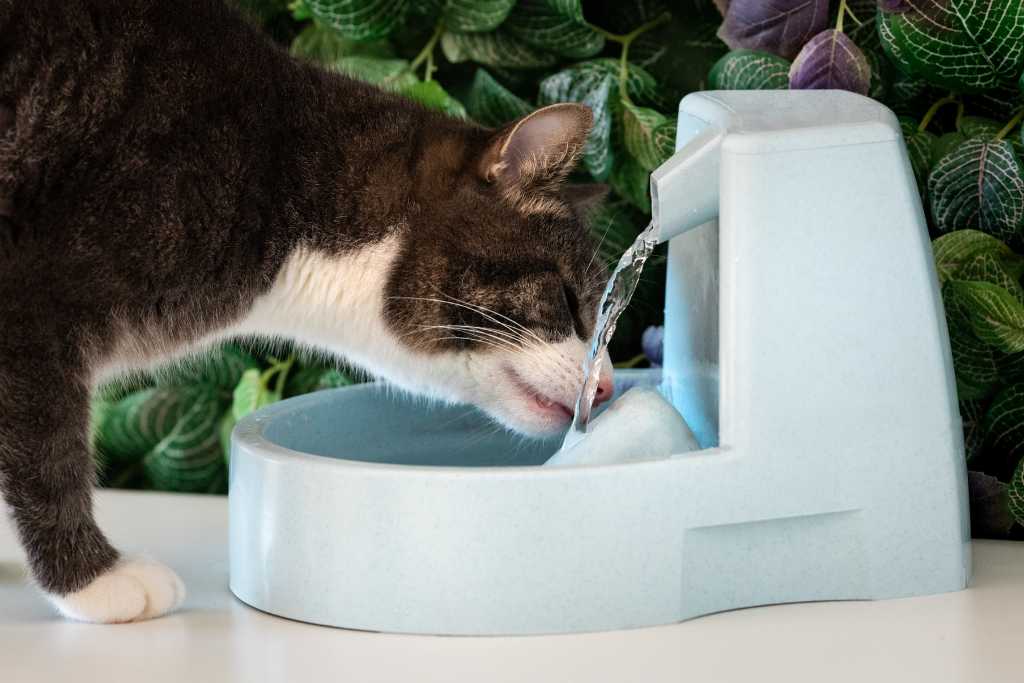
Insect stings and bites
Mosquito bites are generally not serious but can cause itching and discomfort in cats. Flea bites can cause intense itching and can lead to an allergic reaction in some cats. Bee and wasp stings can cause pain, swelling, and sometimes an allergic reaction in cats.
The first thing to do when your cat has been stung by a bee or a wasp is to pull out the sting. When you’ve extracted the sting, clean with mild soap and water and apply a cold compress to help reduce swelling. In cases of insect bites, an anti-itch spray like this WashBar Natural Itch Soothe Topical Spray for Dogs & Cats (With Manuka & Kakadu Oil) can be used to soothe and relieve itchiness. If however, your cat is showing signs of an allergic reaction, such as difficulty breathing, swelling of the face or throat, or collapse, seek veterinary care immediately.
Cat choking or suffocation
Signs of choking or suffocation can include coughing, gagging, and difficulty breathing. If your cat is choking or suffocating, try to remove the object blocking their airway using your fingers or a pair of tweezers. Be careful not to push the object further down the throat. Seek veterinary attention immediately.

In an emergency, sometimes the time it takes to get to the closest vet is time we cannot afford. Those precious minutes could mean the difference between life and death for our cats. Being able to administer first aid properly could save your cat’s life! Always be prepared with a well-stocked first aid kit, and keep your cat's medical records up to date. This includes vaccination records, medication information, and any medical conditions your cat may have. Keeping this information on hand can help veterinarians make quick and informed decisions about your cat's care in the event of an emergency.
Finally, it's important to remember that basic first aid skills should never replace professional veterinary care. If your cat is experiencing a medical emergency or is seriously injured, seek veterinary attention immediately. By being prepared and knowing some basic first aid skills, you can help provide immediate care to your cat and potentially save their life.

Comments will be approved before showing up.



